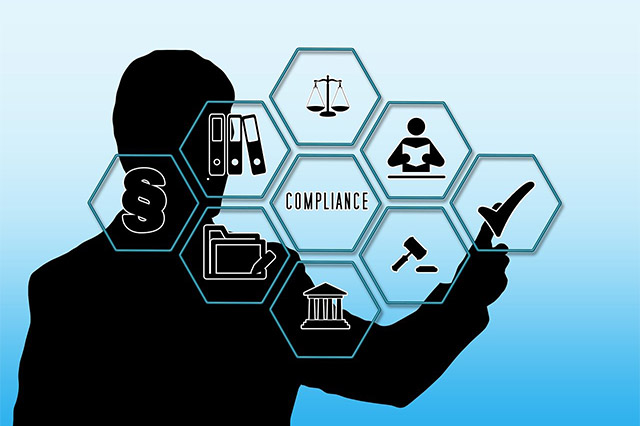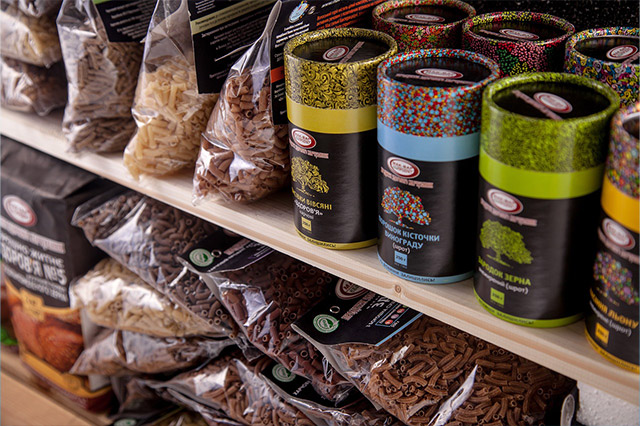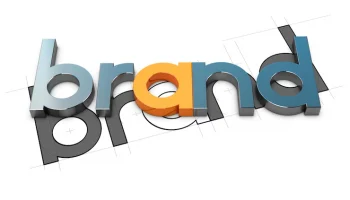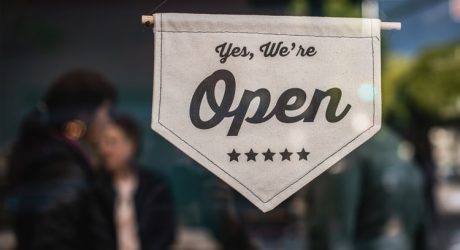Have you ever wondered how the intricate web of product compliance protects you every day? It’s a complex puzzle where each piece – a standard, a test, a certification – fits to shield you from harm’s way.
In this blog post, we’ll dive deep into the hidden world of product compliance, revealing how it meets legal benchmarks and elevates consumer safety to new heights. Stay with us, and you’ll emerge more informed about the products you use daily and the rigorous processes that ensure your well-being.
Understanding Product Compliance

A business ensures its goods and services follow the rules the government sets. This is called “product compliance.” There may be a lot of rules and standards here, from what is used to make something to how it looks and how safe it is.
This means you know and ensure that a product follows all the national and international rules it needs. The item must pass many tests and be approved by a third party to ensure it meets government standards.
Product compliance is the process of ensuring that a product meets the legal, technical, and ethical requirements that apply to it. These requirements can vary depending on the product’s type, function, and market. They can include regulations, laws, codes, certifications, labels, or specifications covering safety, health, environment, quality, or performance.
Product compliance is important for both consumers and businesses. It means that consumers can enjoy the benefits of the products they buy without worrying about the risks or harms they might cause. For businesses, product compliance means that they can avoid the costs and consequences of non-compliance, such as fines, penalties, recalls, lawsuits, or reputational damage.
The Impact on Consumer Safety
Compliance holds immense importance as it is linked to ensuring consumer safety. When a product adheres to all required safety and quality standards, it helps reduce the chances of harm or injury to the consumer, thereby ensuring safety.
Safety is not a feature but a core expectation for any product intended for consumer use. Adhering to compliance guarantees that products are created and produced with safe measures in place, fostering a safer environment for all.
Benefits of a Compliant Product
Businesses can enter new markets with less liability if their products are compliant. They also don’t have to recall as many products. People will trust your brand more and more if they know they can count on the safety and quality of your products.
There is more to compliance marks and certifications than pictures. They show that a company cares about quality and customer safety. They make a big difference in a crowded market where trust is key.
How to Know if Products are Compliant?

As a consumer, you expect the products you buy to be safe, reliable, and effective. You trust that these product manufacturers, distributors, and retailers have followed the rules and standards that ensure their quality and performance. But how do you know that these rules and standards are met? That’s where product compliance comes in.
Here are some of the ways in which you can ensure that the products that yo buy or sell are compliant:
Labels
One of the easiest ways to check a product’s compliance is to look at its labels. Labels are the information that is attached or printed on a product or its packaging. They can include logos, symbols, words, or numbers that indicate the product’s compliance status.
For example, some common labels that you might see are the UL mark, the CE mark, the FCC mark, or the USDA organic seal. These labels mean that the product has been tested and certified by a recognized authority or organization for its safety, quality, or performance.
Certificates
Another way to check a product’s compliance is to look at its certificates. Certificates are the documents issued by a third-party entity or agency that verify a product’s compliance status.
They can include test reports, inspection reports, or conformity certificates that provide the details and results of the compliance assessment.
For example, some common certificates that you might see are the ISO 9001 certificate, the RoHS certificate, the FDA certificate, or the Energy Star certificate.
These certificates mean that the product has been evaluated and approved by a reputable and accredited body or institution for its compliance with the relevant requirements.
Sources
A third way to check a product’s compliance is to look at its sources. Sources are the people or organizations involved in producing, distributing, or selling a product.
They can include manufacturers, suppliers, distributors, retailers, or online platforms that offer the product to the market. You can verify the product’s credibility, reputation, reliability, and compliance status by checking the sources.
For example, some ways to check the sources are to look at their websites, reviews, ratings, or testimonials or to contact them directly and ask for their compliance information or documentation.
Overcoming Compliance Challenges

Compliance with product standards has a lot of benefits, but it’s not always easy to get and keep. For small and medium-sized businesses, the costs of compliance can be very high. It can also be hard to get around the complicated web of global rules since each market may have its own rules.
Monitoring compliance all the time is also hard since new risks and standards are always coming up. One example is that it can be hard for businesses to keep up with the requirements for Material Safety Data Sheets (MSDS) and online systems like MSDS online login.
As you can see, product compliance plays a vital role in consumer safety. By ensuring that the products you buy or sell are compliant, you can protect yourself and others from potential hazards or damages that might result from non-compliant products.
You can also enjoy the benefits of high-quality, high-performance, and high-value products that meet your needs and expectations. Product compliance is a legal obligation, moral responsibility, and a competitive advantage. So, don’t take it lightly, and always check the compliance of the products you deal with.
Embracing the Future – The Enduring Importance of Product Compliance
To sum up, product compliance is the unsung hero of the consumer world; it keeps people safe and builds trust. Companies show they care about protecting customers by following strict rules and going through thorough tests.
This commitment to following the rules strengthens the bonds between brands and customers, allows for new ideas within the safety limits of the industry, and supports the foundations of consumer trust. Product compliance is what makes a market work, especially one that puts health and dependability first.
Want to learn more? Don’t forget to explore our other articles before you leave!




























